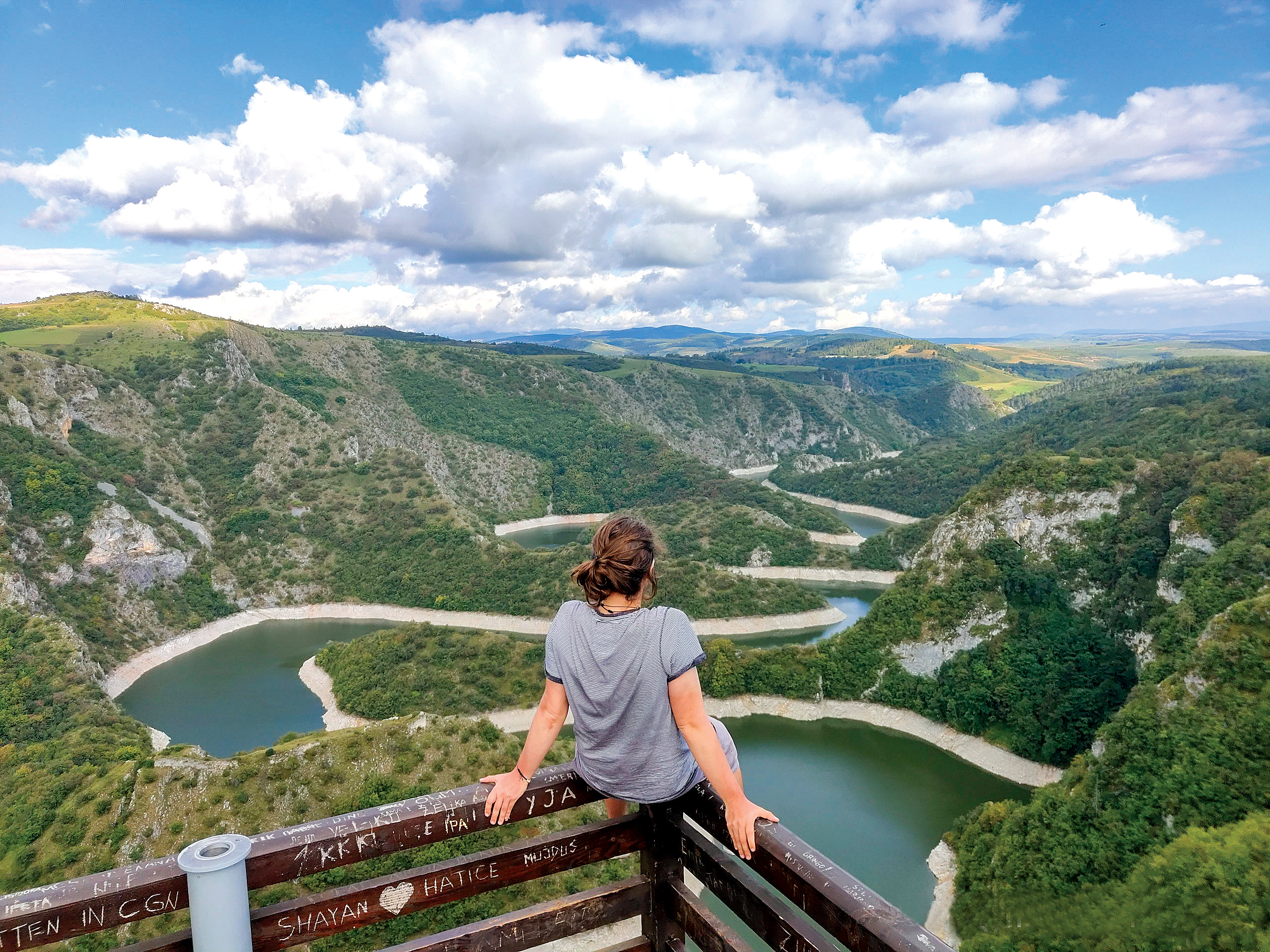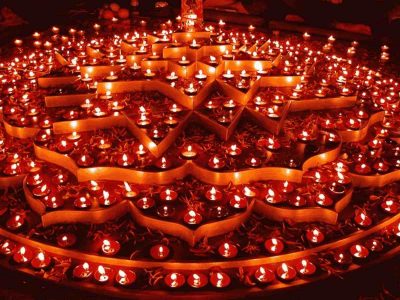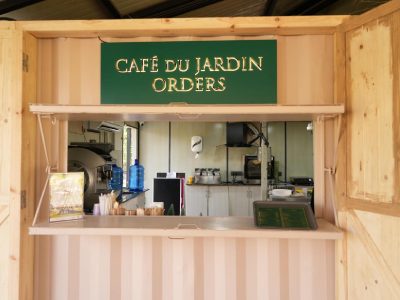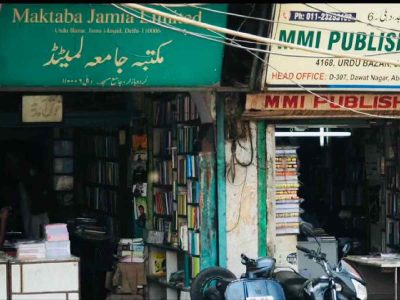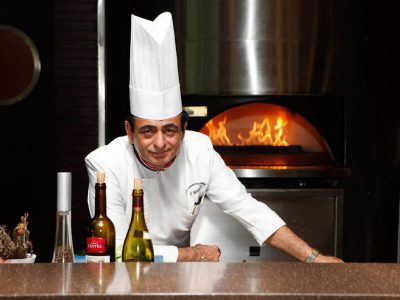The adventure never stops. Architectural marvels, delicious food and Nature in its pristine glory, the republic of Serbia’s beauty will leave you yearning to come back for more
I was penniless in a country where I knew no one, nursing the wounds of being pickpocketed in an overnight train from Zagreb (capital of Croatia) to Belgrade (Serbia’s capital). Earnestly pleading with my hotel’s receptionist to allow me an early check-in. But she was adamant on sticking to the rule book.
Enter straight-haired, hazel-eyed Bojna Sestovic dressed in black. She watched me for a while before volunteering to help. She patiently heard my ordeal and said something to the receptionist in Serbian. Voila! The receptionist had a change of heart. I thanked Bojna for her help and she extended a friendly invitation to explore Serbia with her.
I gave her a noncommittal nod, wary of yet another scam. I had no cash, guide book or contacts. I was essentially a refugee in a foreign land, relying on the goodwill of strangers.
Bojana asked why I was visiting Serbia. A die-hard tennis fan, my face lit up as I said, “Because it’s the birthplace of Novak Djokovic.” Following the dissolution of Yugoslavia in 1990, Serbia went through a reclusive phase while neighbours Croatia and Slovenia stole the limelight. Of late, the country has been shedding shackles of the past and opening doors to foreign tourists.
Bojna laughed, “Well, those are valid reasons. But if you want to see the real Serbia, you must explore it like a local.” She understood my discomfort about trusting strangers but said she wanted to show me the real heart of Serbia.
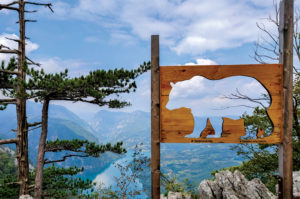
Hesitantly, I tried to find a face-saving excuse. “But I’m just passing through Serbia, and have no cash left to explore the country. The only thing I have right now is this,” I said, gesturing to my Eurail Global Pass, which helped me solo travel across Europe for three months.
She told me I was her guest and I did not have to worry about expenses. Thereafter, one surprise followed another as we explored Belgrade and Western Serbia.
Belgrade: Old but so young
As Bojna and I walked to the Church of St Sava – the key attraction in Belgrade, on a bright summer morning — she shared the highlights of the almost 7,000-years-old city. Talking about its strategic location, she said, “Located on the confluence of the Sava and Danube rivers and the intersection of Western and Oriental Europe; Belgrade enjoys an enviable location that none of its neighbours do. The city has fought 115 wars and has been run to the ground 44 times, fittingly earning the nickname, White Phoenix.”
Dominating the cityscape of the Serbian capital, the 82m-high St Sava is perhaps the most colossal edifice in Belgrade and is one of the largest Orthodox churches in the world.
Novak’s restaurant
Like an excited child, I explored all of the Novak 1 Cafe & Restaurant during lunch. I saw the cabinets full of silverware won by Djokovic and the merchandise for sale. The restaurant served everything from lamb chops to spring rolls. There was an extensive vegan and gluten-free menu as well.
And I was lucky enough to meet Djokovic’s father, who happened to be there. My day was made!
We foot-map the city, starting with Savamala, an exciting creative district with a throbbing nightlife, followed by an evening stroll in the Belgrade Fortress, an open-air museum. After watching the sunset, we head towards the Knez Mihailova Street and Trg Republike, a pedestrian-only zone.
An action-packed day has an exciting finish too – traditional musicians and singers serenade us while we enjoy our dinner at Tri Sesira restaurant in Skadarlija.
Sadly, Bojna couldn’t join me on my next adventure but her friend and travel-organizer Nedeljko Stamenic Nadjo ensured I experienced the best of Serbia.
Eastern Serbia: The Danube Amazonia

At 7.30 am, I board the Aquastar Maxim Cruiser from Belgrade to start my three-day excursion from Belgrade to Kladovo and back. On the left, first the Belgrade Fortress appears and then Smederevo, the Constantinople-like fortress built on the widest point of Danube (5.5 km).
Our cruise enters the Djerdap National Park where the imposing 15th-century Golubac Fortress is tenuously hung on a cliff. This part of the Danube is also known as the Iron Gate. Not only it’s the longest (100 km) and deepest (93m) gorge in Europe but it was almost unnavigable until the construction of two dams in 1971. After a nine-and-a-half-hour cruise marvelling at wonders of nature and architecture, we arrived at Tekija from where a short bus transfer takes us to Kladovo.
Next day, we hiked for half-an-hour to reach the highest nature-made stone arches in Europe known as the Vratna Gates, which were moulded by erosion in the Vratna river canyon. All the calories burnt were replenished when we visited the Rajac village in the Negotin region that has been making wine from the third century.
On the last day, we drove along the snaking Danube to arrive at the archaeological site of Lepenski Vir, which was the centre of one of the oldest and most important prehistoric cultures in the region dating from the Stone Age. We then headed to our lunch spot — an ethno eco-complex ‘Captain Misa’s Hill’ — where panoramic views of the Danube and home-made traditional Vlach cuisine welcomed us.
After relishing the scrumptious meal and spending a few hours, we left for the last stop of the trip, Viminacium, one of the most important Roman towns and military encampments from the first to sixth century where excavations are happening till date.
It was now time to move to the west.
Western Serbia: Adventure playground
As we drove for 240 km from Belgrade towards alpine-like Zlatibor in western Serbia, the scenery changed dramatically. Lush green views hemmed with forested peaks, plunging waterfalls and pretty villages replaced the concrete jungle.
After around two hours, we reached Zlakusa village. “Nothing is more important in Serbia than food,” my host told me as I accepted a third helping—sans protest—of her delicious Sarma (mince-meat wrapped and cooked in cabbage leaves).
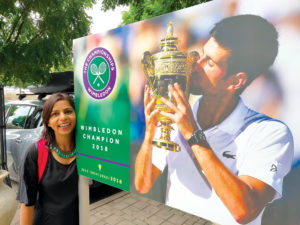
With Serbia being at the crossroads of East and West, its cuisine has collected elements from different cooking styles across the Middle East and Europe, to develop its own identity, an intricate balance of rich meats, vegetables, cheese, fresh pastries and desserts.
I wanted to know more about life in rural Serbia. My wish was granted in the form of Terzica Avlija, a typical rural household from the region from the 20th century. I also got to visit a pottery school. Artisans were diligently working to keep the four-centuries-old pottery-making technique alive.
The star attraction was reserved for the end. In the twilight, we saw a glimpse of Serbia’s past through the open-air museum of Sirogojno. A 19th-century village reconstructed to showcase what rural life was like then.
Next day, we went to Drvengrad and Šargan Eight. Drvengrad (Timber Town) was originally built by the renowned Serbian film director Emir Kusturica for his 2004 movie ‘Life Is a Miracle’. It’s now an ethno village of the 19th-century style farm buildings with shops, restaurants, galleries and apartments on rent.
Nearly two kilometres away was an equally quirky sight, the Šargan Eight, where a two-and-a-half-hour romantic steam train ride was waiting for us. This narrow-gauge heritage railway was built in 1925 to connect Serbia to the Adriatic Sea.
Tara National Park
Tara National Park is known for its beautiful peaks, thick forests, and deep caves. Its highlight is the vertigo-inducing Drina River canyon, the third largest of its kind in the world. The green river slices through the cliffs, offering prime panoramas and rafting in Perućac and Zaovine lakes. Serbia’s largest population of endangered brown bears is found within Tara’s woods.
Uvac Canyon
The green Uvac river meanders in a zig-zag manner through steep limestone rocks of the Uvac nature reserve. It is best viewed from the top of a hill overlooking the Uvac Canyon.
On my way back to Belgrade, I enjoyed kayaking in the 365-metre Vrelo River, the shortest river in Europe. I then visited Bajina Basta, a small town at the foothills of Tara mountain, which became famous for the house perched on the rock in the middle of the Drina River since 1969.
As my trip ended, I thought of Bojna. She made me realise locals were the real heroes, who could make or break your trip. The key is to trust your instincts. Serbia is definitely a place to put on your wishlist.

